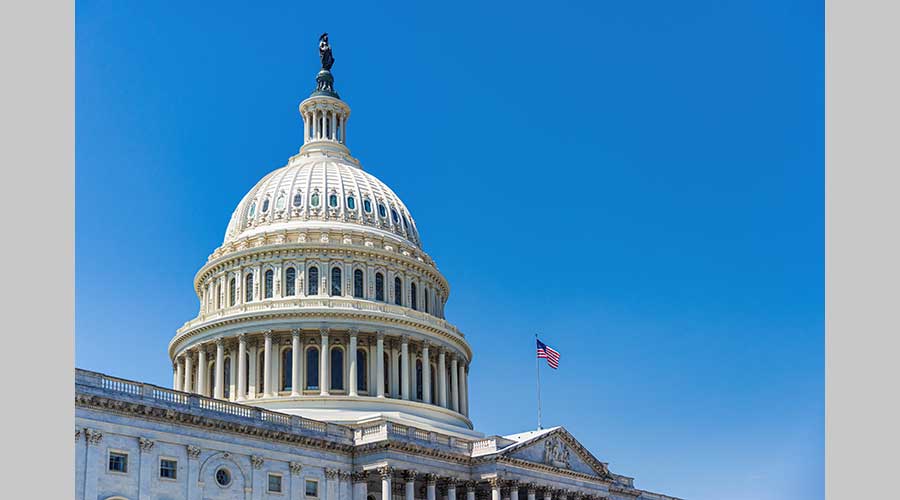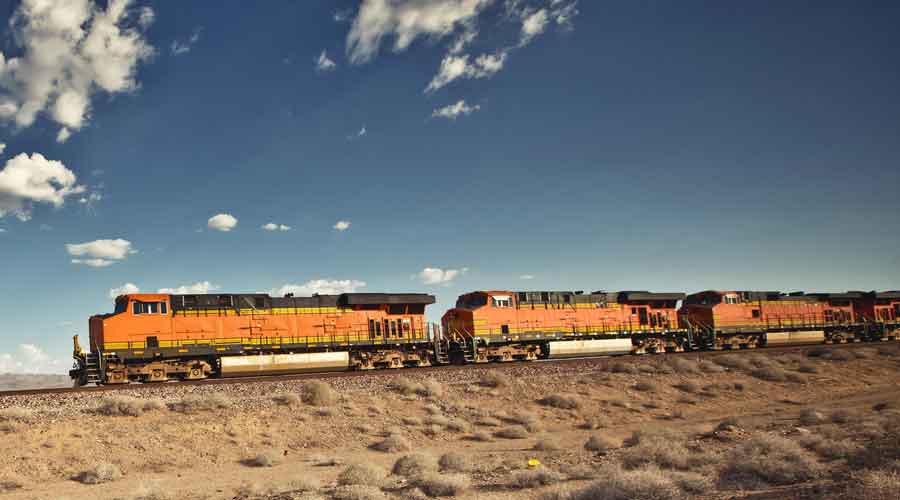Stay updated on news, articles and information for the rail industry
4/14/2014
Rail News: Amtrak
Amtrak's Rockford-Chicago route to restart in 2015, Gov. Quinn says
Illinois Gov. Pat Quinn's six-year transportation plan announced last week includes $223 million to restore Amtrak service between Rockford and Chicago starting next year.
The plan calls for restoring the service with one round trip daily between Chicago's Union Station and a temporary station in Rockford, then expanding service the following year and eventually continuing it west to Dubuque, Iowa, state officials said in a press release.
Resuming the Rockford service became possible after state officials were able to reach an agreement to utilize tracks owned by Metra and Union Pacific Railroad. The new northern route was selected following lengthy negotiations with CN, whose tracks were originally chosen for the service.
"Next year, rail service between Rockford and Chicago will finally be a reality," said Quinn. "This funding and a new route are the final pieces of the puzzle to restart this critical rail service, which has been dormant for more than three decades. This is just the beginning – reliable, intercity passenger rail will create jobs and drive economic development in these cities, the region and the state for years to come."
The new route will use Metra's Milwaukee District-West Line and connect to a UP line near Big Timber Road in Elgin. The temporary Rockford station will be located on the east side of the Rock River while the Illinois Department of Transportation and the city continue to develop a permanent Main Street station on the river’s west side.
Quinn and U.S. Sen. Dick Durbin (D-Ill.) dedicated $3 million in state and federal funding in 2012 in develop the multi-modal station. Stops also are being planned for Elgin, Huntley and Belvidere, state officials said.
Quinn is making "the right move" by switching the route to the Metra-UP tracks from the CN route, said Midwest High Speed Rail Association Executive Director Richard Harnish in a prepared statement.
"The change will allow the line to connect to more densely populated areas, bringing train service to far more Illinoisans and more easily connecting local economies," he said.


 LRW Honors Amtrak’s Acheson As Railway Woman Of The Year
LRW Honors Amtrak’s Acheson As Railway Woman Of The Year
 From Editor-In-Chief Foran: Of Gender Equity And Inclusion
From Editor-In-Chief Foran: Of Gender Equity And Inclusion
 Spotlight On Some Of Today’s Rail Safety Products
Spotlight On Some Of Today’s Rail Safety Products
 Women of Influence in Rail eBook
Women of Influence in Rail eBook
 railPrime
railPrime








